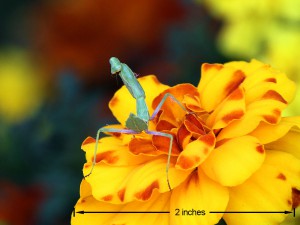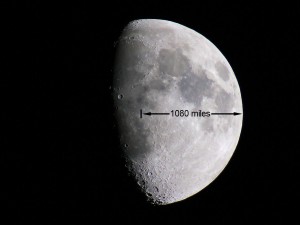It seems that the guys here have been writing quite a bit lately about the Swarovski ATX/STX spotting scope using the 85mm objective. This scope performs remarkably well in comparison to most other 80mm class scopes. It makes sense to me they have had it in the field this much. The performance of the 85mm objective is really impressive but the scope also offers the advantage of simply switching out the objective to either a 65mm or 95mm objective for different conditions or preferences. What this means is that by simply changing the objective you have a completely new scope!
The ATX/STX Spotting Scope
I’ll have to admit that I was a bit skeptical when the new scope design was announced by Swarovski. Their design allowed switching objectives to different sizes. All the same, the different sizes offered interesting possibilities and some really impressive capabilities. The guys have written about digiscoping with the 85mm objective using both point and shoot and micro 4/3rds cameras. I thought I would test the other modules using my Canon 7D DSLR camera.
As a note before I discuss these other two modules, at this time there is no other scope on the market that has digiscoping adapters that are as simple and complete. This means that you can easily take a photo of what you are looking at through your scope. You can do this with any of the aforementioned camera types. I won’t go into detail about that here as it is discussed in detail in the scope review.
The 65mm Objective
When Swarovski originally brought in their new ATX/STX spotting scope to show us, they brought the 65mm objective and the straight STX eyepiece module in a binocular field bag! This combination is extremely compact and opens the possibilities of traveling with a spotting scope like never before. I took the photo at the left with the this combination. The intent of this picture was twofold. First is brightness, color, and sharpness. I’ll let the image speak for itself. Everything is even brighter and sharper when you look with your eyes.
Second is closeness. The Swarovski ATX/STX spotting scope with the 65mm objective will close focus to 6.9 feet! That is closer than most binoculars. This means that the whole world of small is now possible at up to 60 times magnification. I could go on about this little scope but with the same camera I figured I’d see what the 95mm objective was capable of.
Low Light Conditions
The more light you let in through the objective end of a scope the more potential you have. The brighter the view is. With a good scope you will also get better clarity, resolution, color and contrast. In low light conditions the differences are even more pronounce.
The problem in the past has often been size limitations of what was reasonable to carry in the field. The balance was to have objectives in the 80mm range so you weren’t trying to carry around a big astronomical telescope (not mentioning the inverted image) that had a large objective to let in lots of light so you could get great detail even in poor lighting conditions. A larger objective opens a world of distant viewing in tough lighting conditions. My poor man’s test of this was to walk out in front of our store after work at night, in the bright street lights (light pollution), and take a picture with the 95mm objective.
The 95mm Objective
The picture at the right is my attempt of low light, distant viewing. The ATX/STX scope with the 95mm objective, having a zoom range of 30-70x, also opens a possibility of zooming out at greater distances (most scope zoom ranges are 20-60x) and still seeing sharp images. Just to try all modules I used the angled ATX eyepiece module for the moon photo. This seemed to also have a comfort advantage for sky viewing. The photo above was shot at about 7 feet away and in this photo my subject is about 240,000 miles away. So my quick test here might be more appropriately titled “Big or Small, Day or Night, Really Close or Way the Heck Out There”. If versatility and top performance are the deciding factors, then this scope is really hard to beat.


